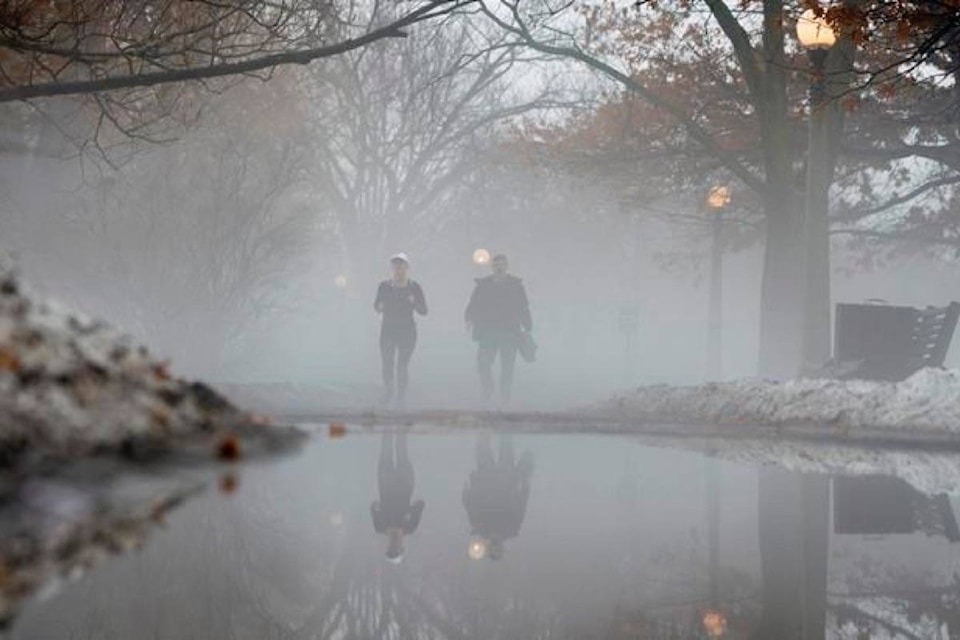When it comes to extreme weather, 2018 has a throwdown message for last year’s show of hurricanes, forest fires and non-stop rainfall: hold my beer.
Predicting when and where extreme weather will hit can be difficult, if not downright impossible. But Tim Gray, executive director of Environmental Defence Canada, said Friday he has no doubt it will happen.
“I can say with certainty that we will have more wacky weather in 2018, and quite likely more than we did in 2017, as the world continues to warm,” Gray said in an interview.
For those who might have already blocked 2017 from memory, here’s a quick refresher: record heat and dry days in western Canada that fuelled B.C.’s most devastating forest fire season ever, while in Central Canada, it refused to stop raining and summer was missing in action.
How is the recent frigid weather that gripped large parts of #Canada and the #USA related to #climatechange? Find out in our blog: https://t.co/pUltltc4ZN
— EnvironmentalDefence (@envirodefence) January 9, 2018
The United States had one of its worst hurricane seasons ever, while parts of Europe suffered through deadly heat waves that led to forest fires and even the closing of summer ski hills in Italy and Austria for the first time in 90 years. Australia had the third-hottest year ever recorded in 2017.
The Swiss Reinsurance Company says insured losses from natural disasters in 2017 are expected to top US$130 billion, twice the US$58 billion average of the last 10 years.
Greenhouse gases like carbon and methane sit and gather in the earth’s atmosphere, where they trap heat as energy — and energy drives climate, said Gray: the more energy in the atmosphere, the more extreme weather. And the amount of carbon in the atmosphere grows each year.
And while some tried to use the recent North American cold snap as evidence that global warming is a myth, it actually proves the opposite, he added.
Climate change doesn’t mean backyard barbecues in February, said Gray. Rather, weather patterns of the past are being disrupted, with the influential jet stream breaking down and moving around more, leaving the climate more vulnerable to sudden shifts and extreme events in every direction.
Scientists from the World Weather Attribution — an international partnership of researchers from the University of Oxford, Royal Netherlands Meteorological Institute, the University of Melbourne and the Red Cross Red Crescent Climate Centre — use historical records and climate modelling based on existing carbon levels in the atmosphere to look at weather events and whether they are linked to climate change.
The aptly named Lucifer heat wave, which hit parts of France, Italy and Croatia in August, was made 10 times more likely by climate change, the group concluded, and Australia’s hot 2017 60 times more likely. The rainfall that followed Hurricane Harvey in Houston was three times more likely, their research suggests.
And the cold snap? Climate change has meant such spells are actually less frequent and warmer than they have been in the past.
That said, both Gray and the World Weather Attribution agree no one weather event can be directly attributed to climate change, because there have always been weather extremes. Climate change makes those extremes more frequent and the transition period from one extreme to another far faster, Gray said.
Mia Rabson, The Canadian Press
